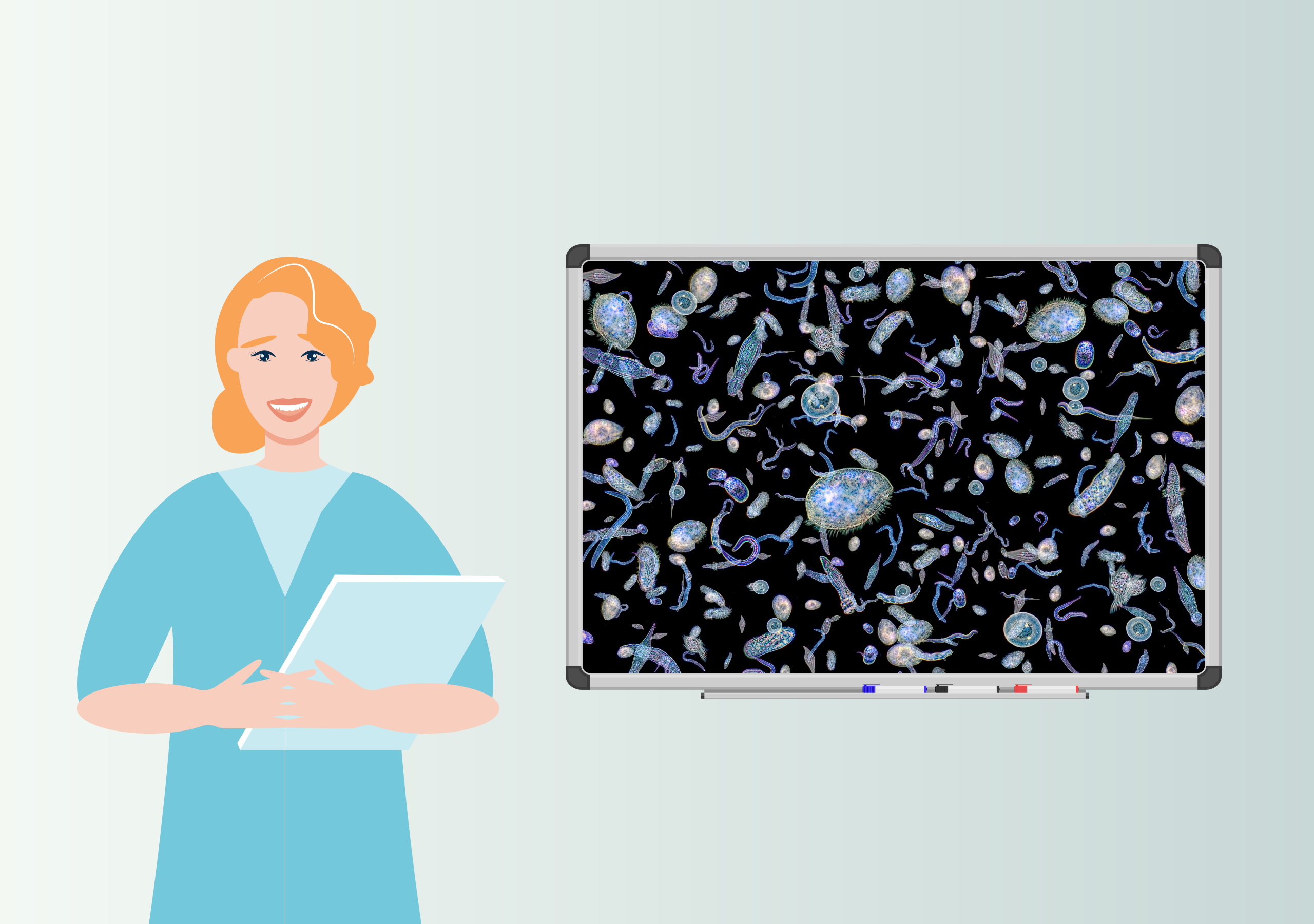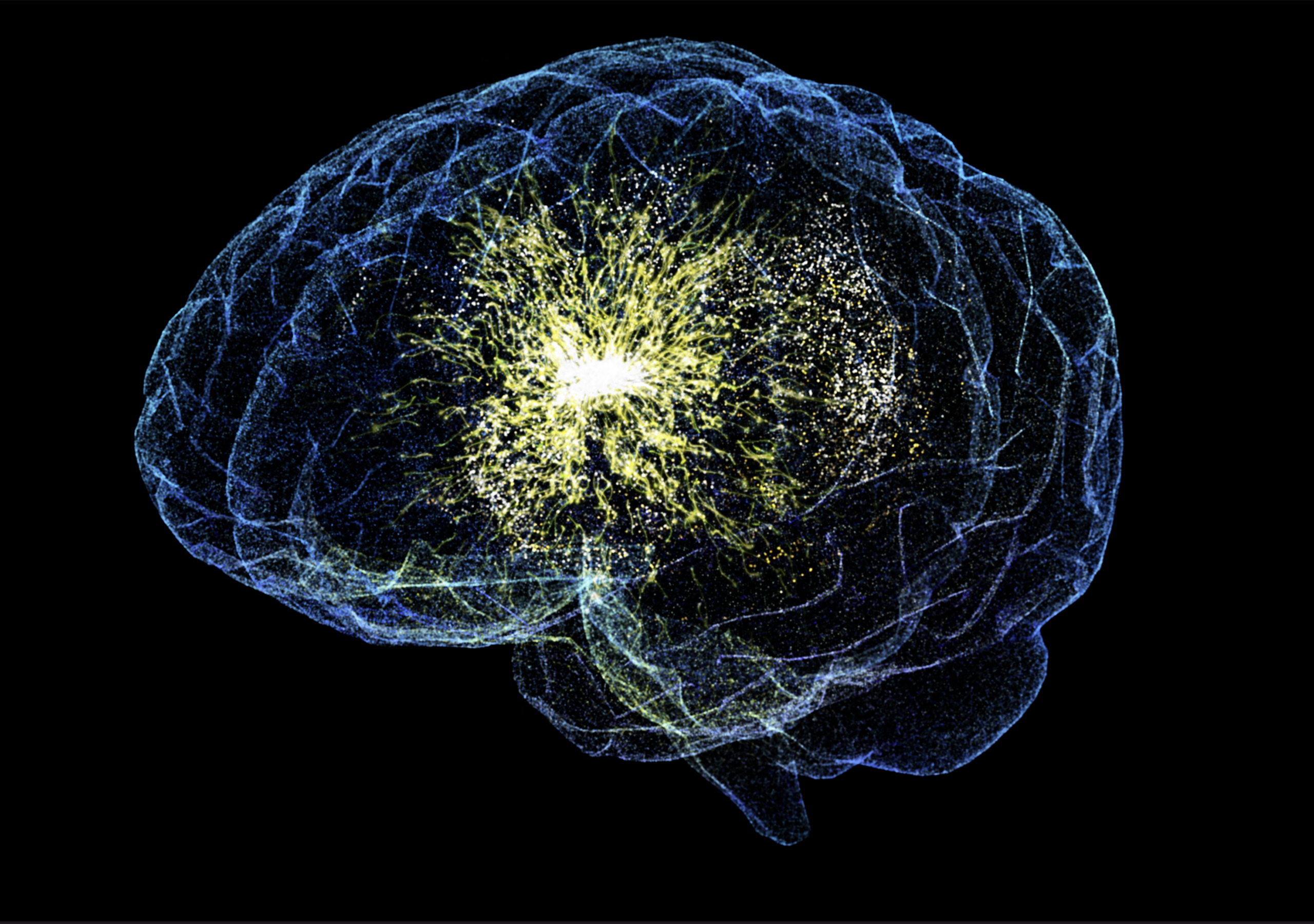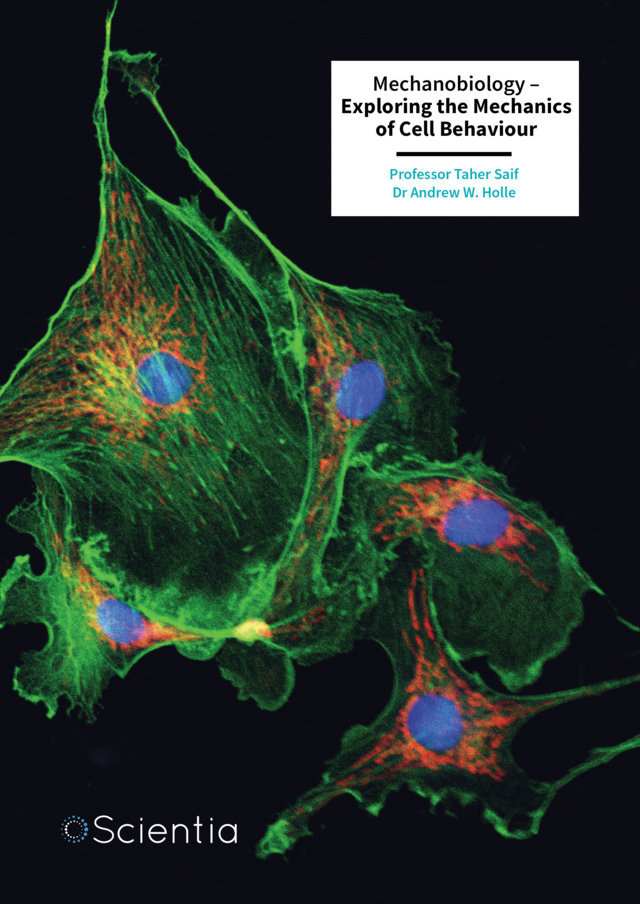Amino acids are a fundamental building block for fur, muscle, and every other living tissue on Earth. These molecules come in “left-handed” (L) and “right-handed” (D) forms, a bit like gloves that fit different hands or mirror images. Life largely runs on the left-handed set, so biologists once assumed the right-handed versions were irrelevant. Yet nature quietly manufactures these D-amino acids and they can play a role in certain biological processes. In research led by Japanese analytical chemist Ren Kimura of the R&D-Analytical Science Research department of the Kao Corporation, Japan, researchers reveal that these overlooked molecules may offer an early-warning beacon for one of the most common and deadly ailments in cats, chronic kidney disease (or CKD for short), and they may even have potential in diagnosing human conditions. More
Kidneys are the body’s master recyclers, filtering toxins, balancing water and minerals, and even producing vital hormones. When they falter, waste builds up, appetite wanes, and energy dwindles. CKD is reasonably common in cats, particularly in those over 15 years old, making the disease a leading cause of feline death.
Early intervention can slow the slide, but today’s screening tests often detect damage only after it has become irreversible. A non-invasive, needle-free urine test that flags trouble earlier would be a game-changer for veterinarians and cat owners alike.
Emerging evidence shows D-amino acids carry out specialized jobs, particularly in the brain and the kidneys. Levels of the D-form of the amino acid serine (D-Ser) appear to be related to kidney function, hinting at a tantalizing new biomarker.
Ren Kimura and colleagues wondered if D-amino acids could be used to track kidney health in cats. They tested their hypothesis in a study involving 28 pet cats visiting a Japanese clinic. The cats contributed small urine samples via natural urination. This meant no needles and no stress.
The researchers sorted the cats into a control group and a CKD Stage II group (an early disease phase where subtle clinical signs emerge). Using an elegant technique called chiral tandem liquid chromatography–tandem mass spectrometry, which you can think of as a molecular sorting machine, the scientists measured 39 different amino acids in each sample, including 20 D forms and 19 L forms.
They compared average levels, calculated ratios, and checked how strongly each amino acid correlated with familiar blood markers of CKD such as creatinine and urea nitrogen. The results showed that CKD cats had markedly lower concentrations of almost every D-amino acid compared with their healthy peers. Summing the contributions of all the D-amino acids produced the single best predictor of kidney disease, boasting a diagnostic accuracy of 0.985, with 100% sensitivity and 95% specificity, which puts this measurement firmly in the ballpark for a urinary diagnostic test for CKD. By framing the results as an enantiomeric ratio, meaning the percentage of D relative to total D + L, the test sidestepped problems such as “my cat drank a lot of water today,” ensuring reliable readings without fiddly correction factors because urine was more or less dilute.
What makes this discovery special? The major benefit is pain-free, stress-free testing for feline CKD. Unlike blood draws, urine collection can often be performed by a cat owner at home or during a routine litter-box visit at the clinic. The test also increases the potential for an earlier intervention window in treating CKD. Because D-amino acids may dip while conventional markers are still in the “normal” range, veterinarians might be able to advise that a cat owner adjust a cat’s diet or administer hydration therapy months or years sooner, potentially enhancing therapeutic outcomes.
The work underscores how mirror-image biomolecules, once chemical footnotes, can be vital messengers of organ health. Kimura and colleagues acknowledge that their snapshot study compared only healthy cats to Stage II CKD cats. Long-term, larger studies tracking cats from kittenhood through advanced disease will be essential to confirm exactly when D-amino acids start to fall. They also note that the inner workings, meaning how transporters, enzymes, and the gut microbiome govern these molecules, remain a fascinating puzzle.
Turning this lab discovery into a clinic-friendly kit involves scaling down the sophisticated instruments into robust, affordable devices, or developing simpler assays that detect the same D-amino acids. Partnerships between academic labs, diagnostic companies, and practicing veterinarians will be key.
Encouragingly, Ren Kimura has previously refined similar chiral analysis tools for diagnosing human diseases, suggesting the technical hurdles are surmountable. In fact, in a strikingly parallel human study, Kimura applied the same tandem chiral LC-MS/MS platform to analyze D-amino acids in the blood of over 300 elderly women, aiming to identify early biomarkers for cognitive decline.
Just like in cats, subtle changes in the ratios of D-amino acids, particularly D-proline and D-serine, were strongly correlated with early stages of dementia, specifically mild cognitive impairment. The combination of these two D-amino acids yielded a diagnostic accuracy comparable to traditional screening tests, and, more importantly, could potentially detect changes before symptoms became overt.
The research also showcased Kimura’s innovative analytical setup working to enable precise, rapid separation of amino acids. This technology significantly reduced processing time, opening the door to clinical applications that are both high-throughput and minimally invasive. It is a shining example of how foundational advances in chemical analysis can ripple across species and disciplines, offering insight into both feline kidneys and the aging human brain.
Because many kidney processes are similar across all mammals, D-amino-acid profiling might one day aid dogs, humans, and even wildlife. The cat study reminds us that veterinary and human health often advance together.
Science advances when we focus on the detail, in this case the mirror image of a commonplace molecule in a drop of cat pee. By paying attention, Ren Kimura and his team have opened a new vista where veterinarians might soon diagnose kidney disease sooner, treat it smarter, and give our feline companions longer, healthier lives.







